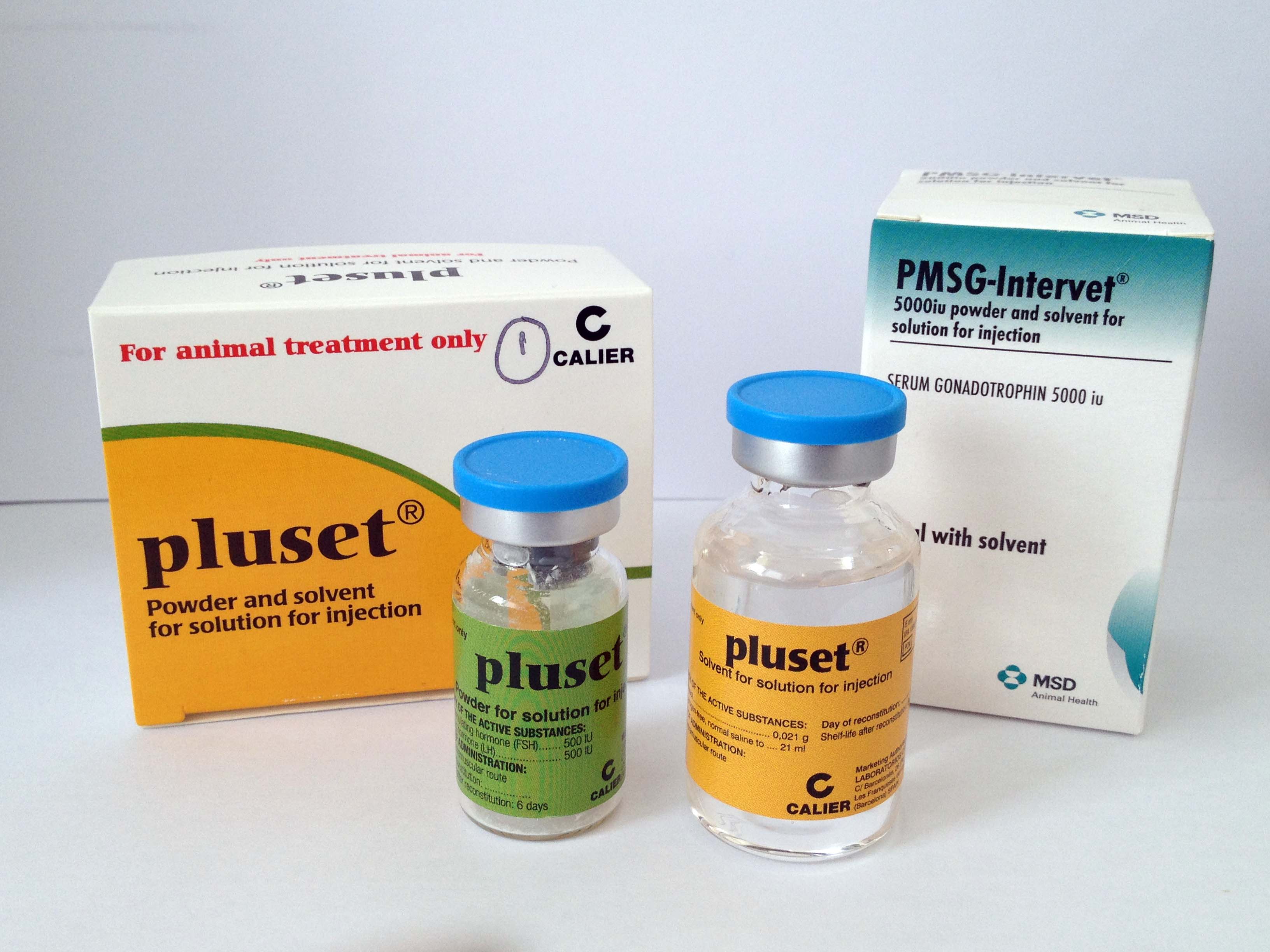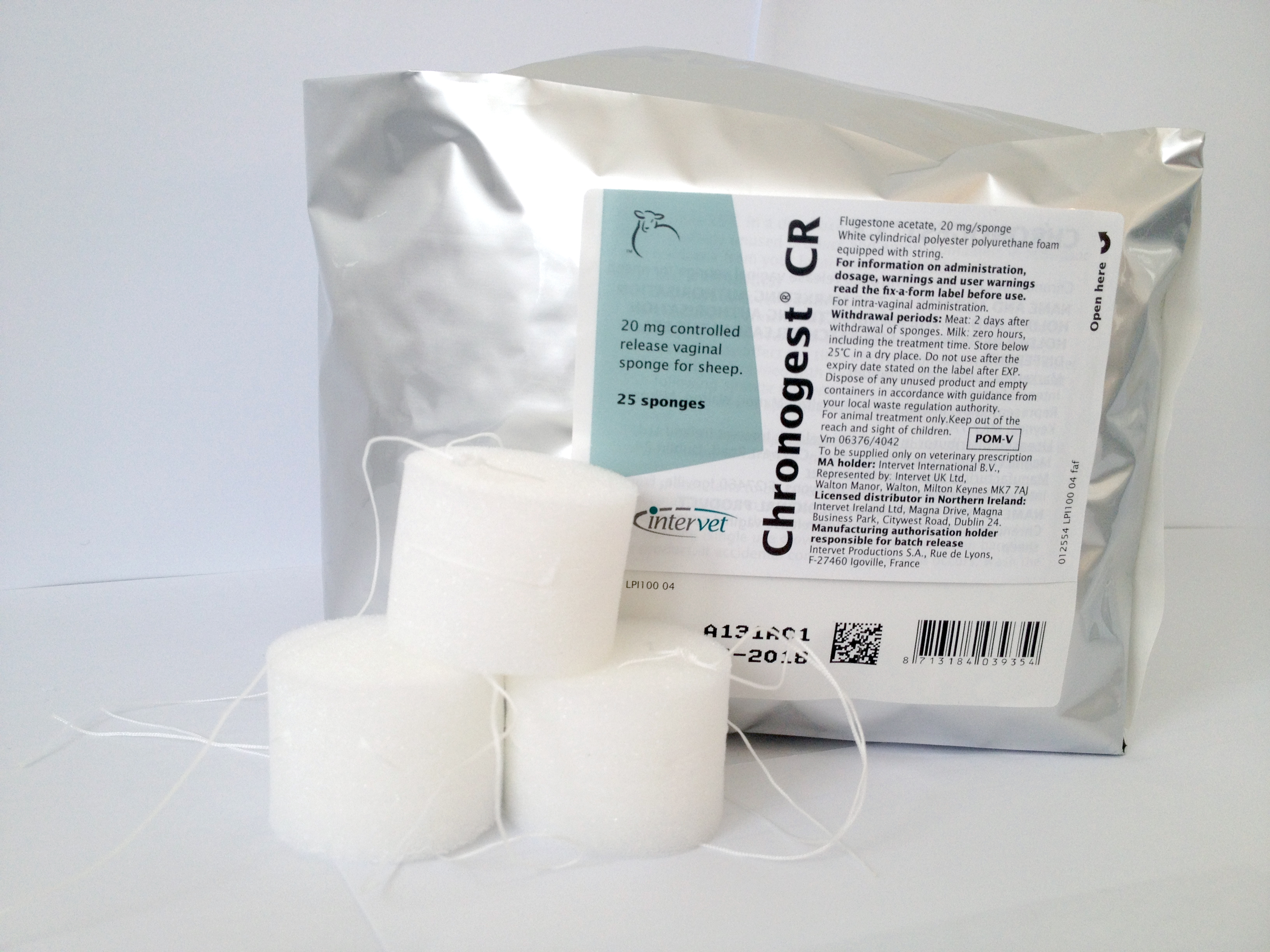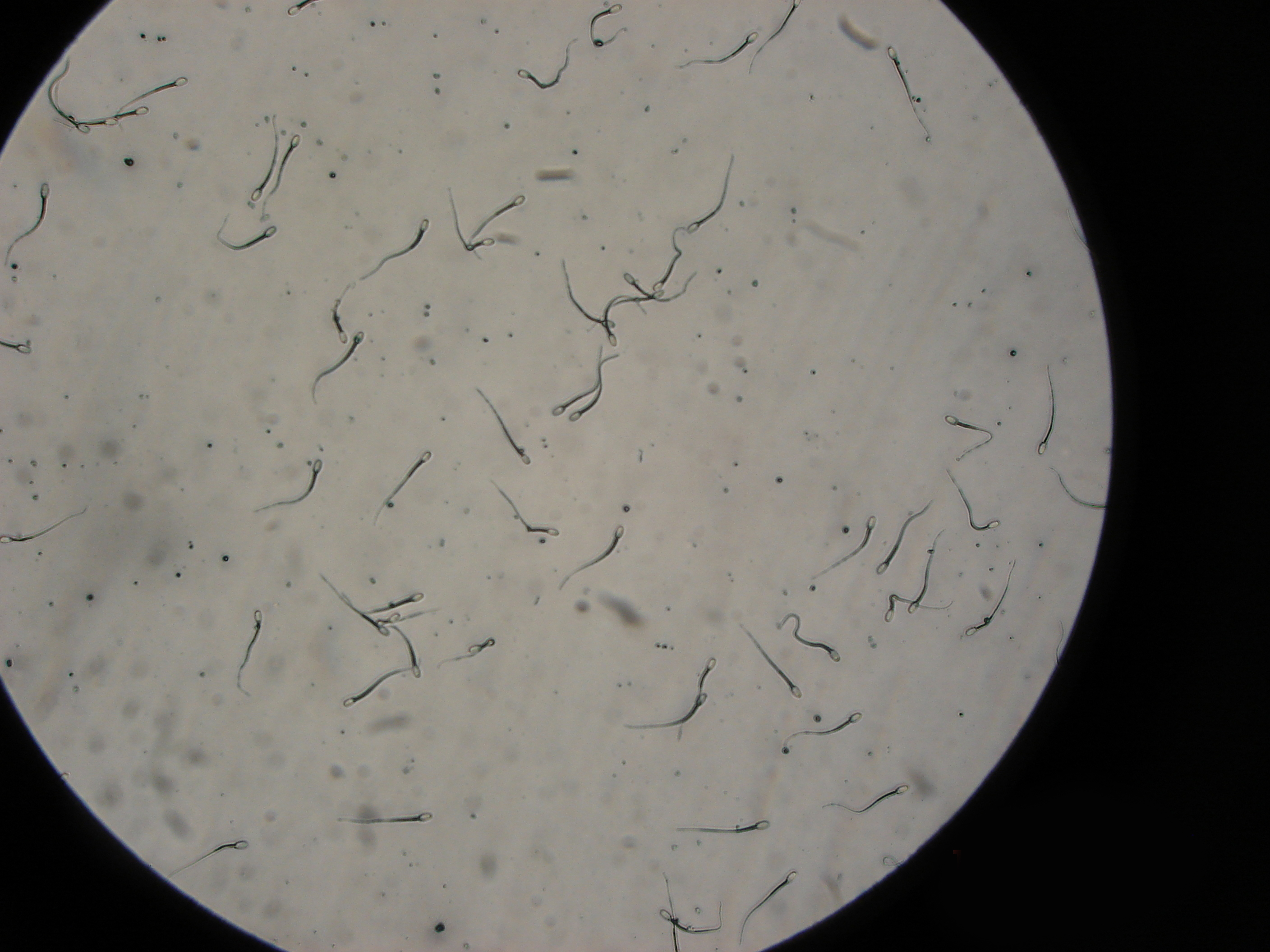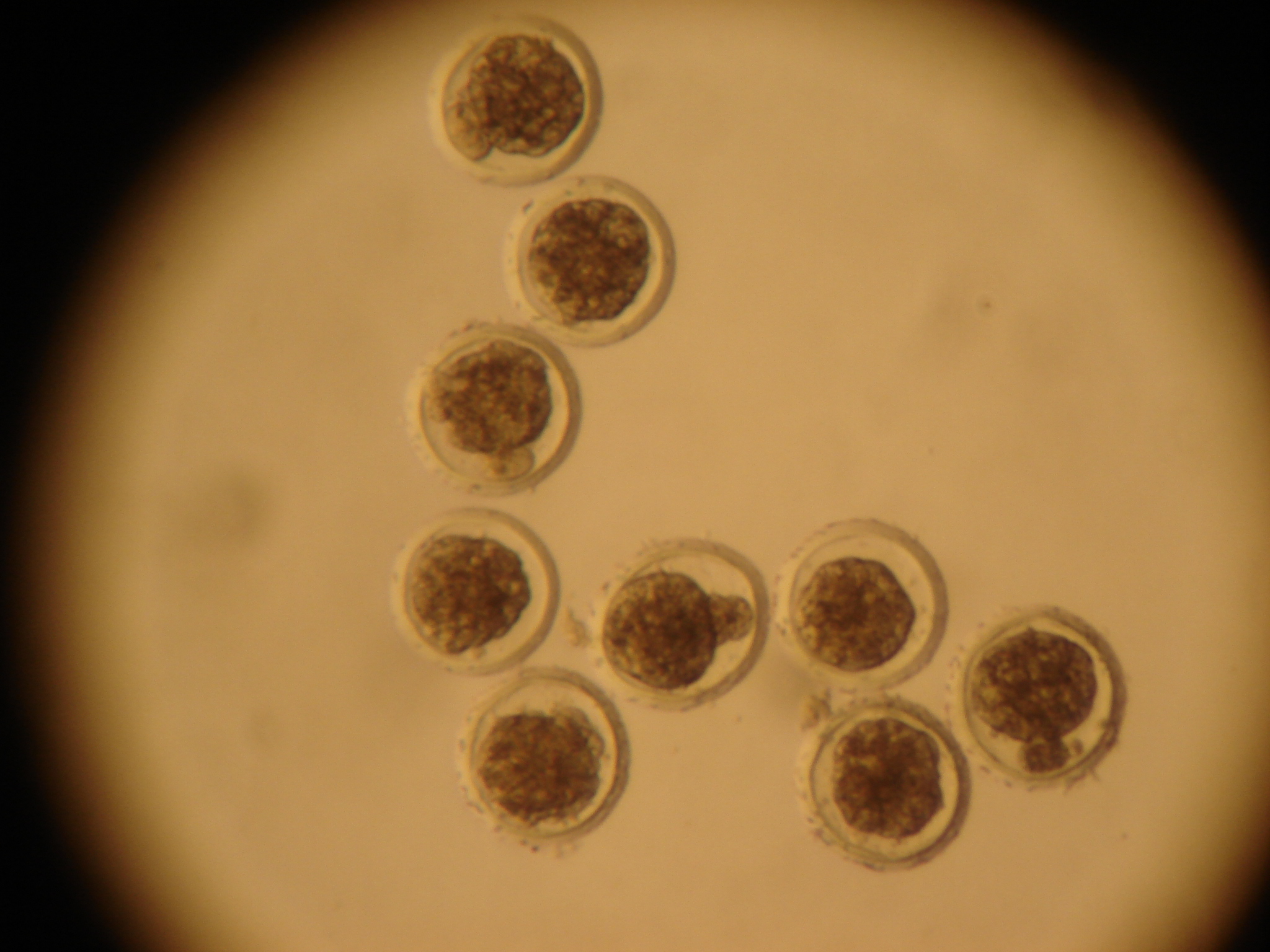S e r v i c e s
It is useful to consider the following when embarking on either an AI or ET programme.
Fresh Semen
Key points
• If you are planning to use fresh semen for your AI work, it is important that we see the ram prior to your AI date.
• We shall check his fertility, train him to ‘jump’ and may freeze some backup semen from him.
• It is a good idea to have some form of backup semen for your AI day, just in case your first choice ram does not perform as you expect.
frozen Semen
Key points
• Sheep semen is NOT often frozen in straws. Most commonly ram semen tends to be frozen in pellets, each containing two doses and known as a P2. Sometimes if the semen is of more borderline quality, it will be frozen as a double dose. The pellet will therefore be the same size but only contain one dose of semen and is known as a P1.
• It is wise to check the form of the frozen semen with the vendor before purchase so that you know what to expect.
• To avoid confusion it is best to refer to the number of DOSES of semen required and not the number of pellets or straws.
•Additional frozen semen is ALWAYS required when inseminating donor ewes, on embryo transfer programmes. Make sure you know what your requirements are before ordering and if you have any queries, don’t hesitate to contact the office.
The Methods
- Laparoscopic artificial insemination
- Multiple ovulation and embryo transfer
- Semen collection and freezing
Laparoscopic artificial insemination
Key benefits
- Introduce new genetics to your flock safely and cost effectively using frozen semen
- Increase genetic gain by getting more from your best rams
- Tighten lambing periods for better sale lambs and easier management
- Reduce health risks
Procedure
Ewes are synchronised using intravaginal sponges and PMSG so that they all ‘come on heat’ together.
46 hours (fresh semen) or 53 hours (frozen semen) after sponges are removed, the ewes are sedated and semen is injected directly into the uterus using keyhole surgery.
The dose of semen required is 20 million, progressively motile (forward swimming), spermatozoa but in practice higher doses are often used. A donor ewe for embryo transfer, will usually receive a minimum dose of 100 million.
Multiple ovulation and embryo transfer
Key benefits
- Increase genetic gains – get more from your best livestock
- Make better use of expensive semen
- Safeguard genetics – freeze embryos out of season to get ahead
Procedure
Hormone injections are used to help donor ewes to release large numbers of ova or eggs which are fertilised using artificial insemination.
Five days later the resulting embryos are collected surgically, under general anaesthetic and transferred to surrogate (recipient) ewes or frozen and stored in liquid nitrogen.
Management is key in donor ewes to make sure
- Maximum numbers of follicles develop
- Follicles mature and ovulate at the right rate
- The environment in the womb is good for fertilisation and growth of embryos
Recipient ewes should be in good condition too to make sure that they hold implanted embryos and carry them successfully to term.
Semen collection and freezing
Key benefits
- Safeguard genetics – more cost effective than insurance
- Make sure you get use of the ram you want on AI day – freeze semen as back-up
- Easy to transport and sell
Procedure
For semen freezing, rams visit our centre and are trained to jump teaser ewes so that semen samples may be collected. This can take a varying amount of time but once trained, rams do not usually forget how to be collected.
Very occasionally some rams may not learn to ‘jump’. In this situation and with your permission they may be electro-ejaculated. Samples produced in this way can be of lower quality and so it should not be relied upon as a method of semen collection for an AI day. However, it can be used to assess fertility and may allow backup semen to be frozen.
Semen is graded on a scale of 0 to 5, where 5 is top quality. Only semen graded as a 4 or a 5 is processed for freezing but even where fresh semen is of excellent quality, semen freezing is not always successful. Two to three jumps are taken each day on centre and the semen is diluted and frozen, using dry ice and liquid nitrogen.
Once frozen, a sample pellet or straw from each batch is thawed and assessed under a microscope. If over 30% of spermatozoa are swimming strongly forward (progressively motile) and no major abnormalities are present, then it has passed and is stored. Where semen does not meet this standard, unfortunately it is destroyed, as it is not of good enough quality to be used.
The process can be quite variable and a ram’s semen may pass on some days and not others. The semen may increase in ‘freezability’ during his stay or it may decline. We shall keep in close contact with you whilst your ram is here so you know how the process is progressing.
Occasionally where semen freezing is proving unsuccessful, a ram will be sent home but may be returned after a few weeks. You should not feel discouraged as this is perfectly normal. In most cases however the process will be completed within a few days. The length of time the ram needs to stay on centre depends on how many doses of semen you require but a ram which jumps straight away, should only take a two or three days to give around 50 doses.
To optimize the freezing process, rams should be in good body condition and good health. They should not have been out with ewes for at least two weeks.
Semen freezing is excellent insurance against loss of use and there are no charges for the first year of storage at our facility. If you need any fertility advice do not hesitate to contact us for further information.






